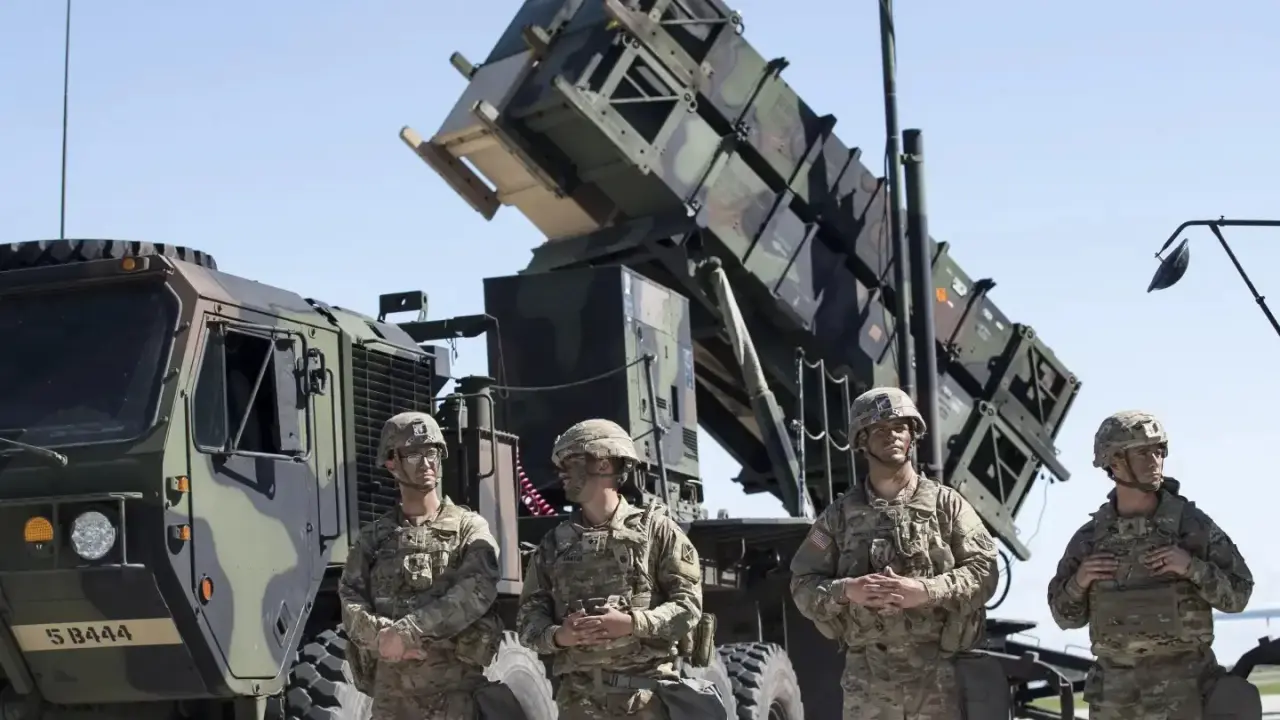Updated 19 December 2023 at 15:34 IST
US hypersonic defense interceptors set for accelerated deployment amid Congress’ push
The recently passed fiscal 2024 National Defense Authorization Act mandates achieving initial operational capability for GPI by end-2029.
- Defence News
- 3 min read

In a significant move, Congress is compelling the Missile Defense Agency (MDA) to expedite the development and deployment of interceptors capable of countering hypersonic weapons. The recently passed fiscal 2024 National Defense Authorization Act (NDAA) mandates the MDA to achieve initial operational capability for the Glide Phase Interceptor (GPI), designed for intercepting hypersonic missiles during their glide phase, by the end of 2029.
Contrary to the MDA's initial estimates placing the GPI's delivery in the early 2030s, Congress is pushing for an ambitious timeline, demanding the fielding of "not fewer than 12" GPIs by the stipulated deadline. The legislation further dictates that the program must attain full operational capability by the end of 2032, including collaborative operation with space-based or terrestrial sensors anticipated to be deployed before the specified timeline.
Accelerated timeline and operational targets
To bolster the accelerated effort, Congress has authorized an additional $225 million in funding, supplementing the agency's FY24 request of $209 million for hypersonic defense development. The legislation also empowers MDA's director to enter into cooperative development agreements with international partners, with ongoing discussions indicating potential collaboration with Japan on the GPI program, akin to the Navy's SM-3 Block IIA initiative.

Raytheon Technologies and Northrop Grumman, each receiving approximately $61 million to date, are engaged in a competition under MDA's guidance to develop hypersonic weapons interceptors. The challenge lies in creating interceptors capable of defeating hypersonic missiles traveling at speeds exceeding five times the speed of sound, with the ability to maneuver in the glide phase of flight.
Advertisement
Integration with Aegis ballistic missile defense system
The interceptors under development are designed to seamlessly integrate into the U.S. Navy's Aegis Ballistic Missile Defense destroyers. Fired from the standard vertical launching system, the interceptors will be incorporated into the modified Baseline 9 Aegis Weapon System, responsible for detecting, tracking, controlling, and engaging hypersonic threats.
The urgency to develop effective hypersonic defense capabilities stems from the advancements made by adversaries such as Russia and China. With both nations making substantial progress in offensive hypersonics, there is a growing concern that the United States might lag behind. Defense expert Mark Montgomery emphasizes the need for swift action, stating, "We would have no defense against that." Despite allocating $4 billion annually to catch up in offensive hypersonics, the U.S. dedicates only about $250 million a year to hypersonic defense, posing a potential vulnerability.
Advertisement
As the United States faces the imperative task of countering hypersonic threats, the accelerated development and deployment of the Glide Phase Interceptor underscore the nation's commitment to staying ahead in the evolving landscape of global security.
Published By : Yuvraj Tyagi
Published On: 19 December 2023 at 08:05 IST
